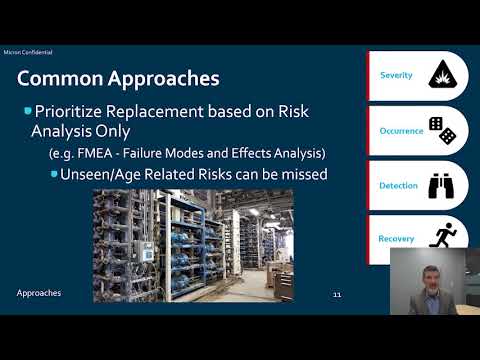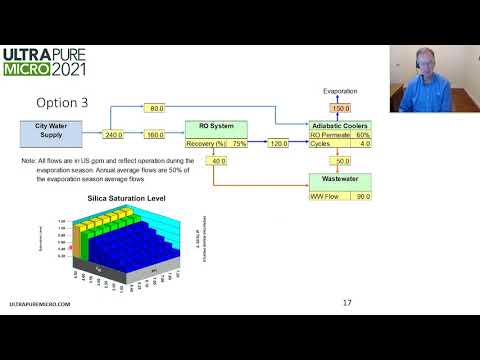IRDS and SEMI Standards Enabling Yield by Wet Processing Defect Control in Advanced Semiconductor Technologies
Date Published 2018 | Conference materials
Log in or Join UltraFacility to access this content
To access our resources you will need to be a member of UltraFacility, log in to your account or purchase a membership to view this content.
Already have an account? Log in
This presentation was given at the Ultrapure Micro 2018 annual conference. It was presented as a Keynote presentation.
Organizations: FTD Solutions
Tags: IRDSSilicaSEMIRisk ManagementParticles
Related content

Conference material | 2021
Risk centered asset management
Learning series | 2017
Ion Exchange Resins - How They Work, Why They Work and How They Don't Work
UPW journal archive | 2013
Semiconductor Industry Trends Highlighted at UPW Micro 2012

Conference material | 2021
Doing more with less - minimizing data center water and wastewater
Back to results